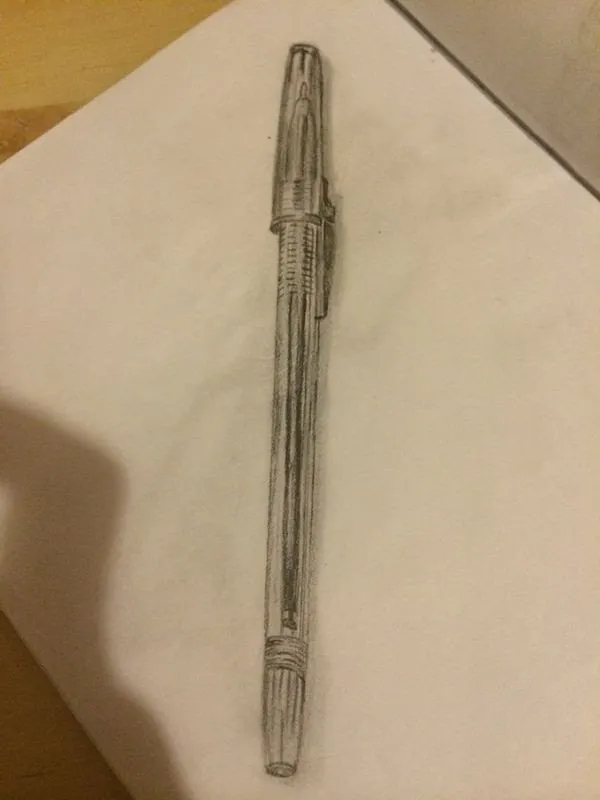Note: this post is a part of a crash course in journalism. If this is the first post from the series you encountered, it is highly recommended to start the course from the beginning. See index of previous lessons at the end of the post.
This is the second lesson out of 3 about research, and in fact, it is all about facts.
The discussion of what is a fact, and how do we know that something that is stated as a fact is truly so, has become very loaded in our time. Probably because we are so used to be lied to. But in this lesson, I’d like to keep away from the philosophical debate and take a more practical approach.
If your story is like a building, then facts are like its windows. They shed light into the story but they are also its most vulnerable part. If you are going to write something meaningful, sooner or later you are going to face criticism. What that means for the most part, is not that you will get negative or arguing replies and talkbacks, but simply that readers may not read you through. So you can look at facts as the weakest parts of the defense for your story.
No story can be above any doubt. You have to remember that your stories have a built-in weakness - that they are stories. If what you write was just a statement of facts, things would be much simpler, likewise if you were writing fiction. But journalistic writing is stuck in a vulnerable point in the middle.
Everyone can make mistakes every once in awhile, but if you will be caught making up facts or even just mentioning wrong ones too often, the credibility of your stories will be greatly damaged.
The only way to manage and minimize this risk is to do your research correctly, What you should try to do, is to find the minimal set of facts that will support your story and make sure that you got these facts right.
Here is a simple technique that can help you do that - while you are researching, stop every once in awhile and write a list of the assumptions you make. Then go over the list and try to remove as many of them as possible. For those that are left, write down a plan of how you can verify that they are true. The facts you need, are those that are needed for this plan. By repeating this process, you will get your research done efficiently and accurately.
And I would like to finish this lesson with a link to this short video, by Dr. Michael Shermer from the Richard Dawkins Foundation, which I think, speaks for itself. Thanks to @cristi for pointing me in this direction.
Index of previous lessons:
Lesson number one: Buy a notebook
Lesson 5: Using your notebook in the field
Lesson 6 : "The something else"
